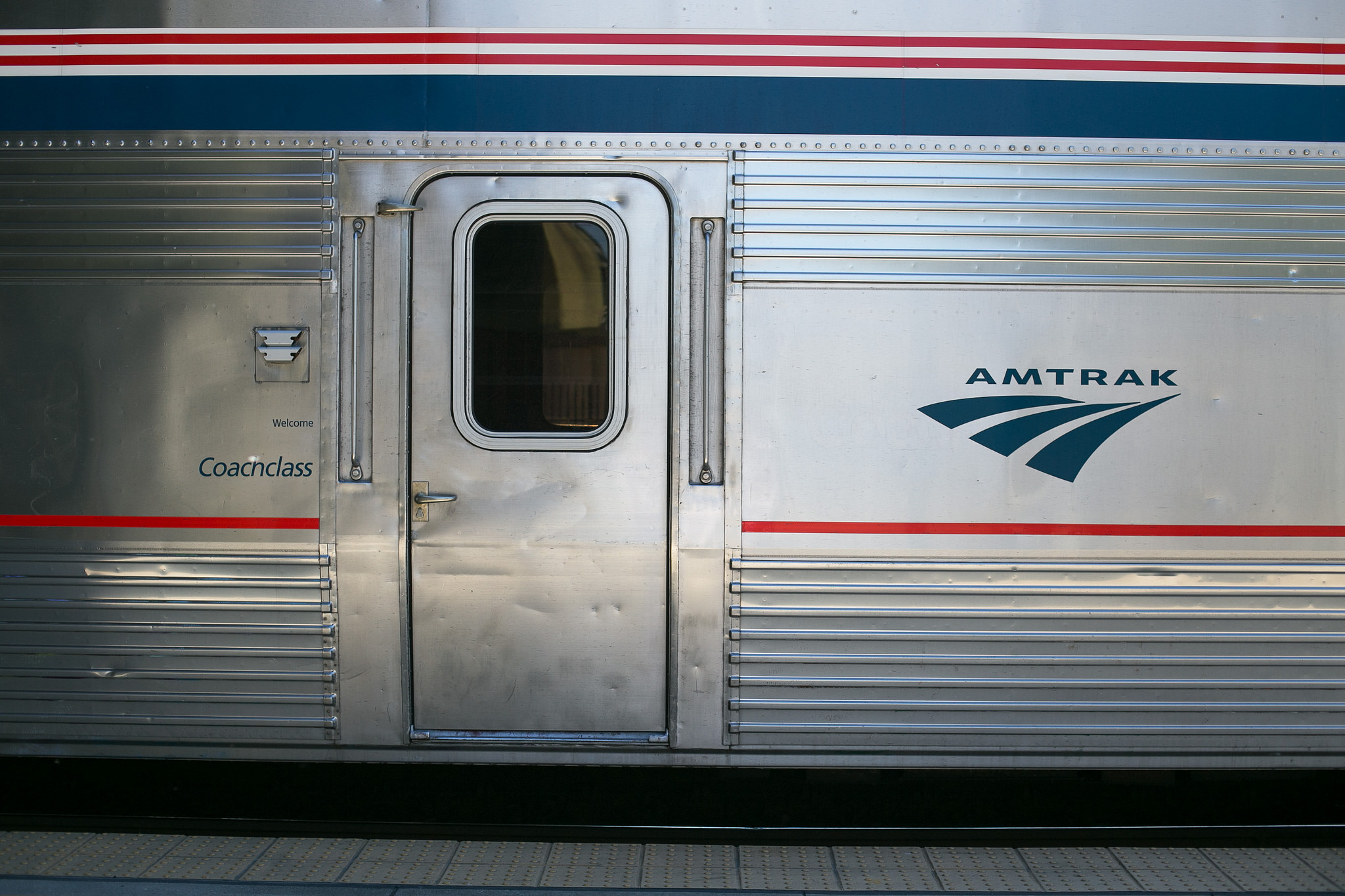Amtrak’s Lethal Start to 2018 Compels New Route

This year has gotten off to rocky start for America’s passenger railroad, Amtrak, and the problems can no longer be swept under the rug.
The carrier narrowly avoided a tragedy as the cars of a train separated in Maryland while traveling between Washington, DC, and Philadelphia. Two weeks prior, a train full of congressmen hit a truck, making Amtrak’s struggles all too real for legislators. This comes after speeding was blamed for a derailment that killed three people late last year in Washington State. Another crash that killed two Amtrak employees in South Carolina was the result of a signal error on the part of the private railroad that Amtrak shares. Amtrak will pay legal claims under the structure of its track-sharing agreement.
The frequency of incidents is alarming for a modern passenger railroad. The carrier’s complex, subsidy-funded model creates situations that can lead to tragedy. These incidents have lessons for those who want to bring American passenger railroading up to the standards of those in other nations
Train separations happen because one of two processes have failed. The first is maintenance and inspection. Parts have failed, and they should have been noticed and replaced sooner. The second is safety. During the process of assembling the train, parts should be connected enough to pull the cars but not so completely that they break apart. The National Transportation Safety Board will determine the proximate cause in this case, but Amtrak officials could take steps to improve both processes in any case. Reorganizing maintenance tasks to free up staff time for extra oversight, along with investment in sturdier equipment that needs less maintenance, would be a step toward preventing similar incidents in the future.
The South Carolina crash highlights the danger of running superfluous long-distance passenger routes. The president has proposed dramatically decreasing federal subsidies for such routes, requiring states to put up more money for passenger services that benefit their citizens at the expense of Americans at large. This would likely bring an end to many long, interstate routes, with states instead demanding more trains between their cities within the state’s boundaries.
The nation’s long-distance passenger routes lose money, but risks go beyond taxpayers’ wallets. Amtrak generates thousands of grade crossings on rural roads each day. Each crossing has a small chance of a collision, such as the one experienced by the congressmen. Breakdowns happen, and people break the law and drive around barriers. More trains passing through these crossings bring more risk. Subsidized routes such as most of those in the South and West together with passenger-rail service put people in danger.
Amtrak’s nominally private status has real costs to taxpayers, train riders, and citizens at large. The Trump administration’s plan to devolve Amtrak subsidies is a step toward making the nation’s railroad behave more like leading peers in countries such as Japan and Spain. Ending the railroad’s long-distance routes would take trains off segments of rural railroad, saving lives. An Amtrak that behaves like a truly private railroad could focus on getting service in major corridors right, investing in improvements to do its job better, and improving overall maintenance to prevent close calls like the Maryland separation. Getting its year back on track will be a challenge, but there is hope for policy changes that could make things a little better.








